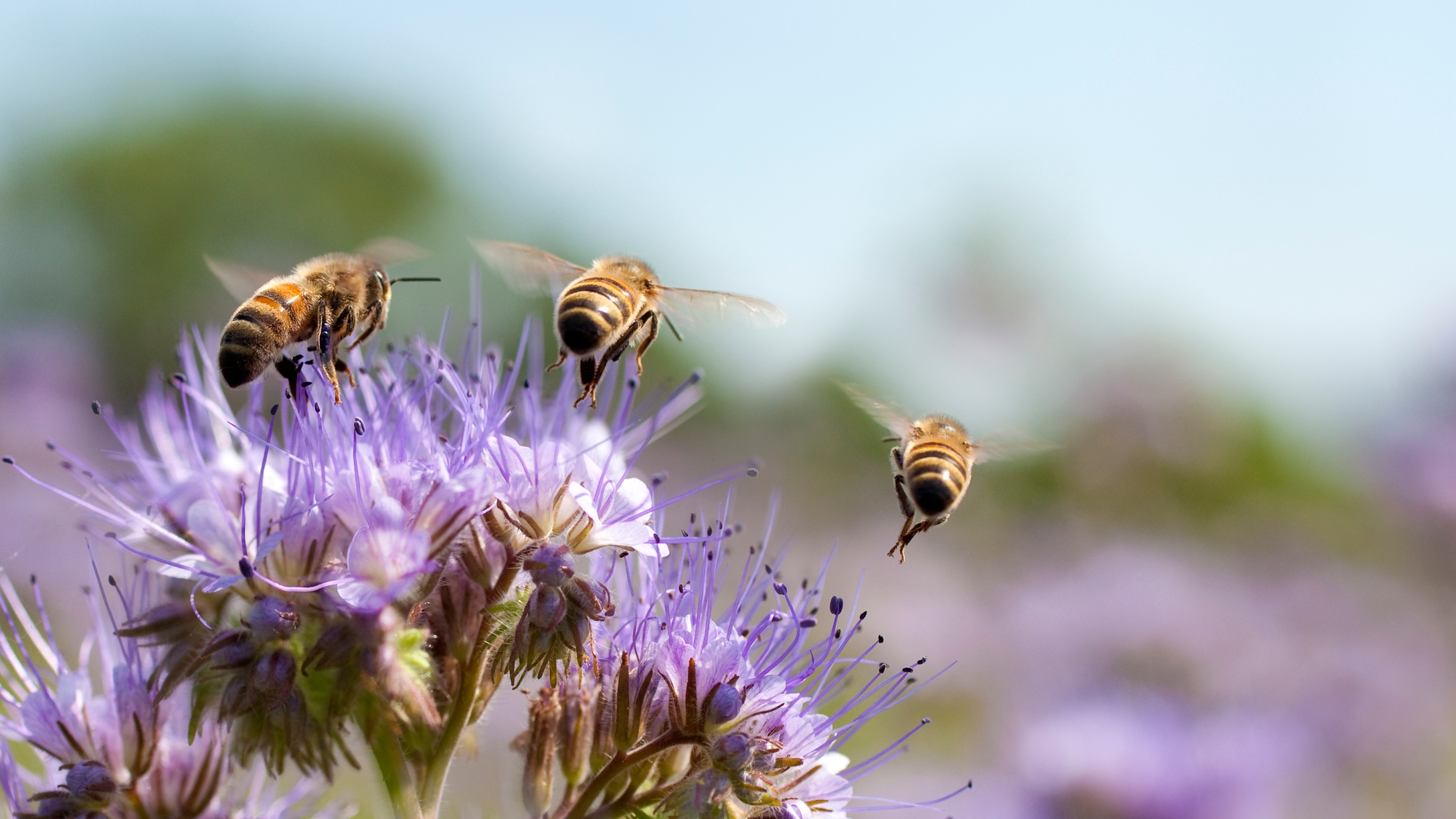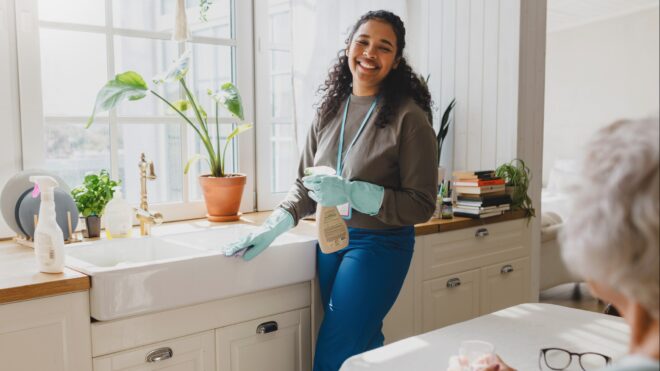
Spring has officially sprung, and for some people that means one thing: It's seriously time to begin planting flower gardens for pollinators! Luckily, when it comes to planting bee- and butterfly-friendly flowers, there are tons of options that bloom anywhere from early spring into the fall.
Before we get into what to plant for pollinators, it's important to understand why we plant for pollinators. Simply put, pollinators are animals that help pollinate flowers by carrying pollen from the male part of a flower to the female part. Examples of pollinators include birds, bats, and, of course, bees and butterflies.
Pollinators are important because they play a vital role in keeping our own ecosystem healthy and thriving. While you might not see it, pollinators are helping the rest of us by fertilizing fruits, vegetables, and nuts; they also help keep the soil healthy. Pollinator.org writes that between 75% and 95% of all flowering plants need help with pollination.
Now that you know what a pollinator is, let's talk about what kind of flowers and herbs you can plant in your own garden to keep them coming back each year!
Asters
Asters are lovely little flowers that are also pretty easy to manage. As perennials, they need to be planted only once, and the blooms will return year after year. The two most common types of asters are the New England aster and the New York aster.
Asters tend to favor cooler, moister temperatures, so if summer temperatures are high where you live, make sure you plant the blossoms out of direct sunlight.
Marigolds
Planting marigolds is a great way to cheer up your yard, and you can start planting them as soon as you don't have to worry about freezing temperatures. Marigolds are quite hardy and can take a lot of heat. In fact, they do really well in climates that experience hot summers.
Black-Eyed Susans
If these flowers look familiar, there's a reason why: Black-eyed Susans are one of the most popular types of flowers that people grow at home. They can be planted any time between March and May, and they begin blooming as soon as June.
Hardy Fuchsia
Hardy fuchsia are gorgeous plants that can grow up to 10 feet long. They aren't very heat-friendly, and it's ideal to grow them in a spot that will allow for a lot of drainage. Once the plants die, you'll want to keep the dead branches around so they can help protect what's left before the flowers bloom again.
Wildflowers
Wildflowers are enduringly popular, and they're also easy to grow in the spring or the fall. They also aren't climate-specific, which means it's pretty easy to grow them in just about any environment.
Basil
Basil is a super-popular plant to grow because it serves multiple purposes: The plant is easy to grow and delightful to see and smell, and you can eat it. Generally, you'll want to start basil plants indoors about five or six weeks before the last spring frost. Once your temperatures at night aren't going below 50 degrees, you can safely move the plants outdoors.
Catnip
Cat owners love to plant catnip for an obvious reason: It endlessly delights and placates their cats. Catnip is also pretty easy to grow, and The Old Farmer's Almanac even says the plant will thrive in soil that is less than great.
Oregano
Oregano is another herb that will come back each year with proper care. Just remember: The more sunlight the plant is in, the stronger the flavor will be when you harvest the oregano to eat!
Lavender
Lavender is yet another plant that is both strong and hardy and that pollinators love! It also carries the side bonus of being nice to look at all year, even without its purple blooms. The Old Farmer's Almanac states, "The plant is not picky and will survive in a wide range of soil, even poor soil. (It grows in the Mediterranean in craggy crevices!) Its main requirements are lots of sun and also good drainage."
Zinnia
Zinnias come in a variety of colors, which makes them a really fun addition to any bee-friendly garden. They also thrive when planted directly in the soil in your garden, so you don't have to worry about starting them indoors and then transferring outside.







